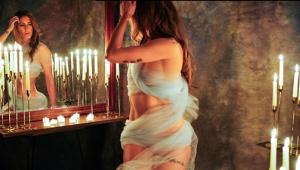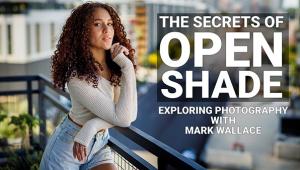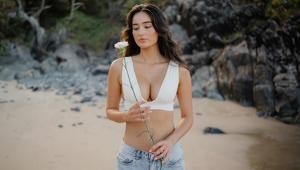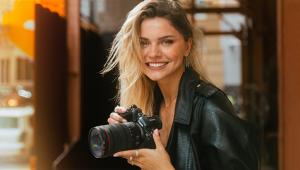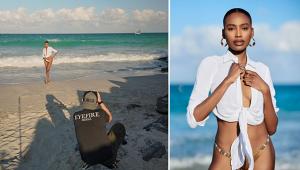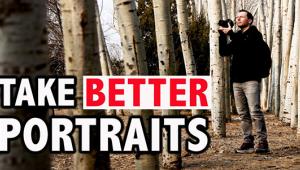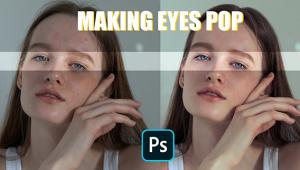Get Great Studio Portraits
Nine Tips To Lighting Success
My strong point has always been natural light. When clients call me about weddings, I tell them I am a "natural light specialist." I love shooting outdoor portraits and have trained myself to "see the light" in the locations that I visit. But that does not mean I don't shoot in the studio. Living in northern New England, just shooting outside would severely limit the number of sessions I could handle. Not many people go for outdoor portraits when the temperature is below 10 degrees F. Form Fill Light |
|||
A form fill, on the other hand, works in concert with the main or key light to create shape to the subject. The form fill should follow the nose. Using the profile example again, if your subject is facing the wall to your right, the fill light should be placed in front of the wall he or she is looking at, not behind you. The main light will be slightly behind the subject to create the shape you want, and the form fill will help shadow detail without destroying the effect you're trying to get. Even in traditional poses, with the face toward the camera and the head turned slightly, you'll notice your portraits have much more "snap" by placing the main and fill on the same side of the camera. Meter Ratios |
|||
Feather The Main |
|||
Watch The Background Go For A Gobo |
|||
While you can buy them, all you need is a reflector or piece of cardboard placed on a light stand. By blocking off certain areas like a bare shoulder or baldhead, our attention is kept on the face. I suppose you could do it in Photoshop later, but why not do it before so all the photos look good, not just the ordered ones? I still try to shoot like Photoshop does not exist. Try it--you'll be a better photographer. |
|||
Separation Light |
|||
The Shadow Side |
|||
Highlight Bias |
|||
Gray Card Test |
|||
And One For The Road |











